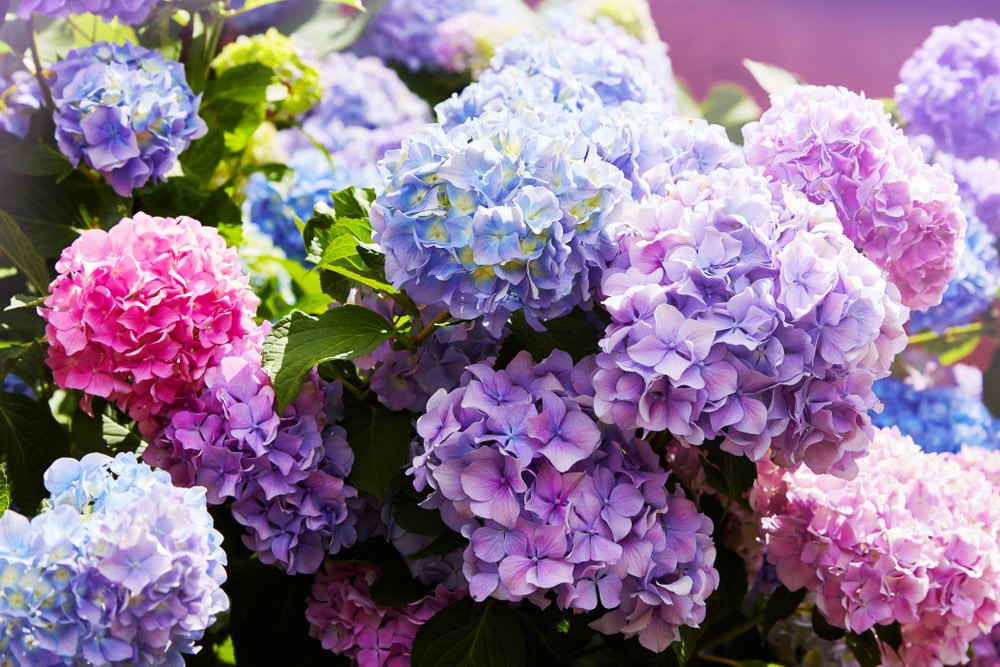
Hydrangeas are flowering plants that flourish during spring and can even blossom until later fall. The flowers are mostly known for their long bloom time. Moreover, the color of the petals for these plants usually changes once the season changes from spring to fall. This looks amazing and there are over 75 species of the plant that you can select from. The color options that people have usually ranged from shades of white, yellow, pink, red, and blue. With that being said, one thing that people should understand is that these flowers also require some maintenance.
This is necessary to ensure that the flowers stay healthy and last people a long time. One common query that you will notice people reporting is “Hydrangea not getting enough water”. If you are also getting the same problem with your flowers, then going through this article should help you out. This is because we will be providing you with relevant information that can be used to ensure that your hydrangea plants stay healthy.
Why Is Hydrangea Not Getting Enough Water?
Hydrangea flowers usually have a dark green color on their leaves. These look quite attractive but, in some cases, people can notice that the color starts to get dull. This usually indicates that there is something wrong with the plant and the problem should be dealt with quickly. The most common reason people think about is that their hydrangea might not be getting enough water. Although, several factors can affect the growth and condition of your plants.
When it comes to this, people should understand that the amount of sunlight as well as water that your flowers receive, both play a huge role in their condition. If the plant is simply changing the color of its leaves, then it can be either one of the two factors causing it. However, if you notice that the flower itself on your hydrangea is drooping then it indicates that the plant is not receiving enough water. Going through the information provided above, people can understand how they can confirm what is causing the issue with their flowers. Depending on the problem relevant steps can be taken to prevent it.
If your issue is in fact from the water content being too low, then people can water their plants slightly more. Usually, 1 to 2 inches of water every week is enough to keep the plant healthy. You should try to make sure that the soil around your flowers is kept moist so that the roots can easily absorb the nutrients present in them. On the other hand, too much liquid can cause the opposite effect as it suffocates the plant and stops its growth.
One easy way to avoid all this hassle is by having a proper water drainage system. This ensures that the extra water from your soil is removed while it is still kept moist enough to keep the plant healthy. Now that you understand all this, another thing to keep in mind is the amount of sunlight your flower is getting. Hydrangea usually prefers long hours of sunlight to stay in optimal condition. A general rule of thumb is that you place the plants in a spot where they can get about 6 hours of light every day.
This is more than enough to keep the flowers healthy and also fixes the discoloration of their leaves. But the amount of sunlight that your plant is getting can also cause the soil around it to get dry. This is what usually causes a problem for users as even after they have watered their flowers, the soil still gets dry after a few hours. They usually think that the problem is from them not using enough water on their hydrangea whereas it is from additional light.
One easy way to avoid this problem is by keeping a balance between the amount of sunlight and water that your flowers get. People can either keep their hydrangea in partial shade where the light that they get is about 4 hours a day or water their flowers several times. Testing around a little by placing your plant inside a pot is a great way of understanding how this works. You can then find the perfect balance of light and water for the flowers and then implement it in your entire garden.
